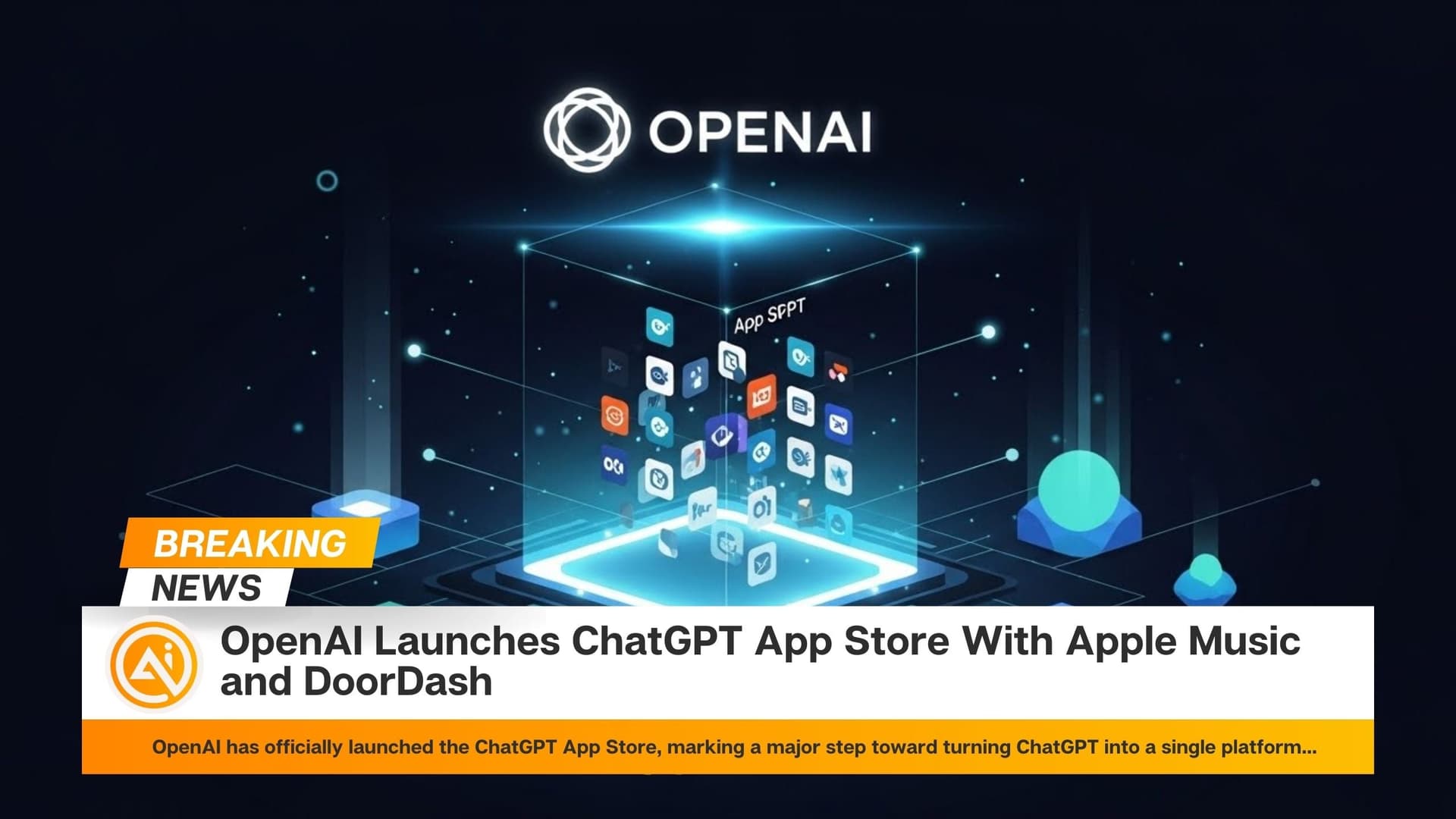YouTube is set to introduce updated guidelines for its Partner Program on July 15, aiming to prevent creators from earning money through mass-produced and repetitive content, which is increasingly generated using AI.
The platform’s new policy will clarify what qualifies as “inauthentic” content and help creators understand current expectations for originality and authenticity. While the full policy details have not yet been published, YouTube has stated that its standards for originality are not changing; rather, the update is meant to provide clearer guidance.
Concerns among creators surfaced over whether popular formats such as reaction videos or clips would be affected, but YouTube’s Head of Editorial & Creator Liaison, Rene Ritchie, clarified that these updates are only intended to reinforce existing rules and will not target such content. He emphasized that mass-produced and repetitive videos have long been considered ineligible for monetization, as they are often seen by viewers as spam.
However, the need for this clarification has grown as advances in AI make it easier to produce large volumes of low-quality or deceptive content, sometimes referred to as “AI slop.” Examples include channels that overlay AI-generated voices on existing images and videos, automated music channels, and fake news clips created using generative AI tools, all of which have attracted large audiences and, until now, the potential for monetization.
Even high-profile individuals and news events have been targets, with AI-generated videos impersonating public figures or fabricating news stories. Despite YouTube’s existing tools to report and remove such content, the proliferation of AI-generated videos has raised concerns about the platform’s integrity.
By tightening its monetization policies, YouTube aims to reduce the spread and profitability of inauthentic content, ultimately protecting the platform’s reputation and ensuring that creators who produce original work remain rewarded.
